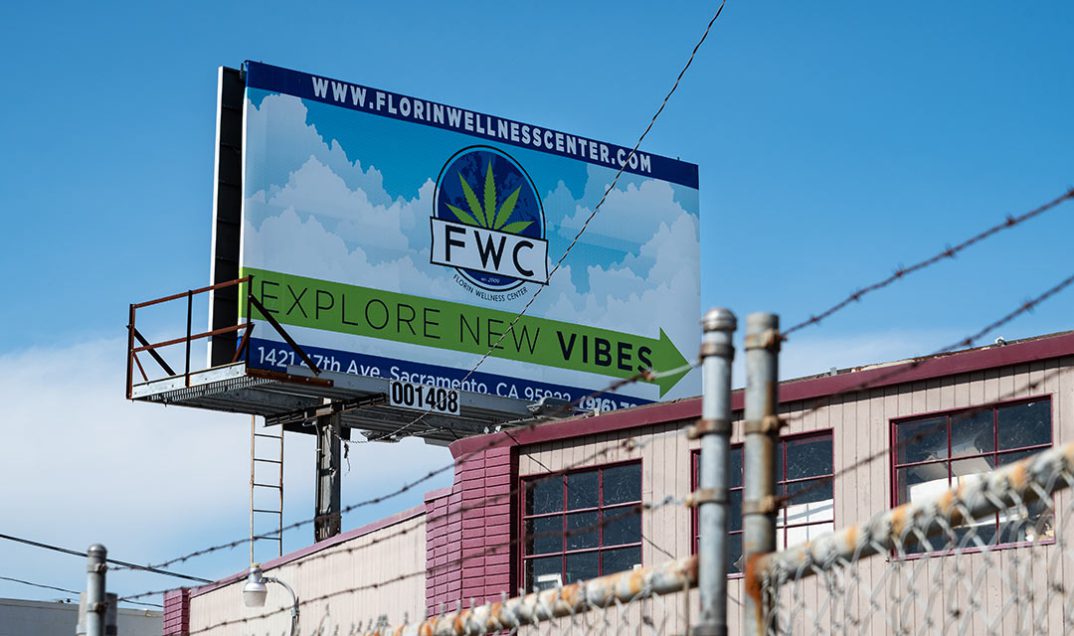For plenty of cannabis companies, figuring out effective marketing to draw in customers may seem an insurmountable hurdle, given the heavy restrictions on how and where it can be done. But there are ways to reach consumers, a pair of experts on the topic said during a webinar hosted Thursday by Green Market Report.
“You can advertise,” said Amy Deneson, the executive director of the Cannabis Media Council. “I hear every single day, even after being in the cannabis sector for 10 years, that you can’t, and the reality is, you can. There is a way to market. There’s a number of media partners that are excited to work with you.”
The Cannabis Media Council even offers a downloadable pdf of advertising guidelines on its website for cannabis businesses.
Deneson noted that it’s become fairly easy for hemp companies to advertise directly to consumers online, but even marijuana retailers have options. Those could include paying for sponsored content on various news sites or banner ads or billboards or social media or other creative methods. And it’s arguably vital, she said.
“Data now is suggesting it takes about 15-20 meaningful touch points” before a given customer will make a purchase from a cannabis store or brand, Deneson said. “Once you convert people, they are now your customers. What you want to do in the second part of the hourglass is think about cross-sell, upsell and loyalty.”
That’s where loyalty programs come in for retailers, said Courtney Zalewski, the chief brand officer of California retail chain Embarc. Zalewski said it sometimes takes customers more like 45 touchpoints in the lead-up to a sale, which is why promotions and rewards that come with the loyalty program have proven to be powerful incentives for customers to keep coming back.
“That product is offered at a special price for loyalty members, and it’s about 500% more for non-loyalty members. So you have a decision to make,” Zalewski said.
There’s also plenty of opportunities yet for earned media attention, particularly from local reporters, and often local radio stations are open to running paid ads for cannabis shops, Deneson said. She suggested companies look into “geo-targeting,” whereby national publications such as USA Today will publish ads for marijuana brands that run only in certain cities or regions.
“Local radio is extremely impactful,” Deneson said.
Zalewski agreed and said Embarc’s marketing differs widely depending on which California city its ads are appearing in.
“Every single community that we’re in is unique,” Zalewski said. “It changes from market to market. We don’t have a one-size-fits-all message.”
Zalewski urged companies to keep the fundamentals of marketing in mind, as opposed to finding venues, which she said isn’t as important as messaging.
“Imagine, today, if you were able to market, no regulations, on Instagram, Facebook, have commercials, have billboards. How are you going to stand out amongst thousands of others?” she said. “Price is one of the biggest things people talk about. It’s all about price. But price is not the differentiator. That’s not the reason, ultimately, that someone gravitates towards a brand.”
Want to hear more tips for cannabis advertising? Check out our free webinar, “Cannabis Advertising: Strategies to Succeed in Today’s Complex Market.”



